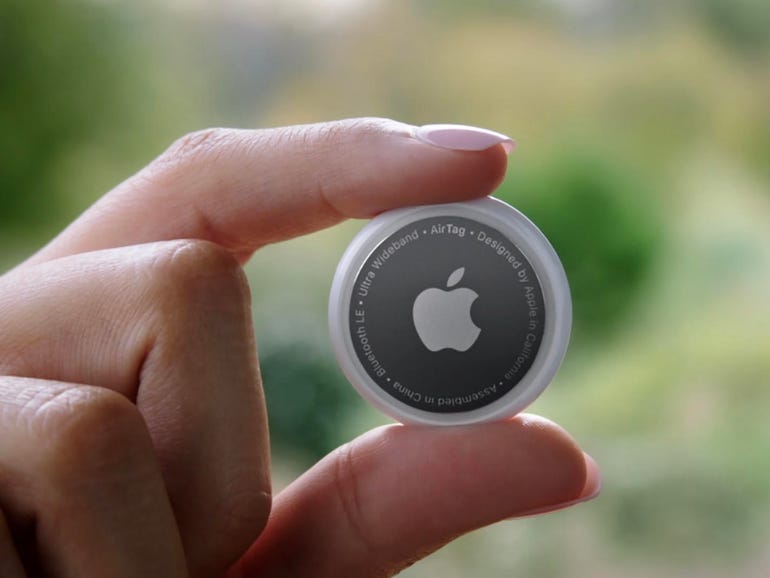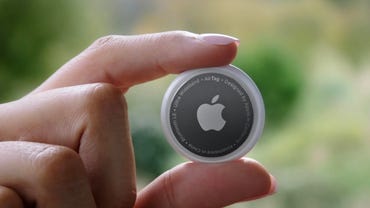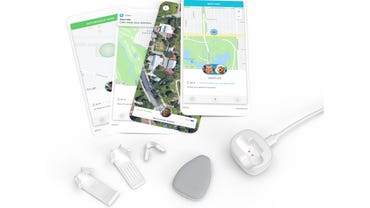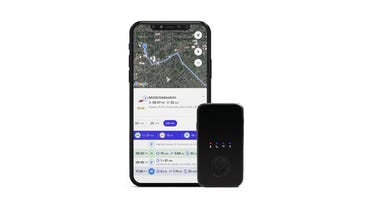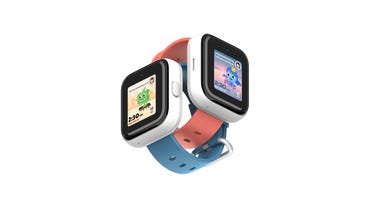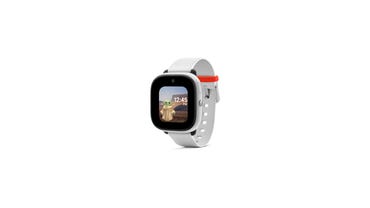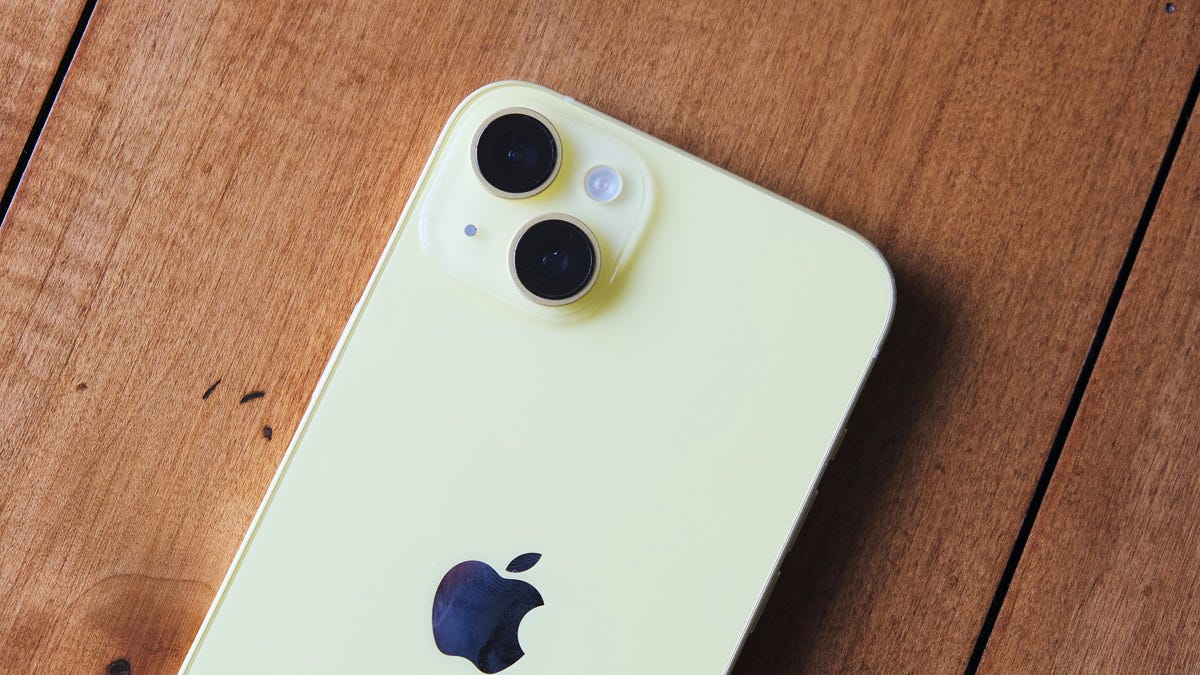Here are the best GPS trackers and devices for kids in 2022
This year is the first year my youngest son has been at school without a sibling attending the same school. He’s shown an immense amount of pride in being the only one at school, but it didn’t take long this year for something to happen that would have easily been negated had his brother or sister been with him.
One afternoon while riding the bus home from school, the substitute bus driver skipped his stop. Well, the driver started to slow down but then the rest of the kids convinced the driver that no one on the bus got off at that stop. My son, sat in the back of the bus, quiet and frozen. He just missed his stop and had no idea what to do next. My wife and I watched the bus drive by without stopping, and we immediately began trying to figure out what to do next. We called the school, but they told us to call the bus garage. Eventually, we got ahold of someone who radioed the drive, asking if our son was still on the bus. A few, long, minutes later, the bus pulled up to our house. Our son exited, running right to us, very upset.
Later that night, my wife and I decided that we would all benefit from a way to at the very least track our son’s location during the day. We would have at least been able to confirm he was on the bus. It’d be even better if we could communicate with him, but he isn’t quite old enough to get a phone. And so our search began for a way to periodically keep track of our youngest child.
Below are some of the products I tested during this time, in random order. All of them serve a purpose and have their own benefits.
Price: $29.99 or 4 for $99.99 | Battery life: 1 year | Real-time tracking: No | Monthly cost: None | Connectivity: Bluetooth, Apple’s Find My Network |
Apples’ AirTags are about the size of a quarter, and there are countless accessories to attach the small tracker to a jacket, backpack or even slip it into a pants pocket. There isn’t a monthly fee, and the battery will last around a year — after which you can replace the CR2032 battery.
Apple has tried to make it clear that AirTags are meant to track pets or children, but it’s only natural to be curious about how well an AirTag does at keeping track of your kid. And in general, an AirTag does an OK job. But the problem arises with the fact that an AirTag requires another Apple device to be nearby and connected to the internet in order for its location to be shared with Apple’s Find My network.
For example, tracking a young child on the school bus would require someone — most likely another student or the bus driver — on the bus to have an iPhone or cellular Apple Watch. If there aren’t any Apple devices on the bus, the location isn’t going to be updated.
Another potential drawback to AirTags is that the only way to view their location is to use an Apple device. That means you’ll need an iPhone, iPad or iPod Touch for the initial setup, and then after that, you can use a Mac to view its location. If you or your partner use a Windows or Android device, AirTags just won’t work for you.
An AirTag is better suited for tracking a lost backpack, keys or another random item that you can be (somewhat) patient when trying to track it down. The AirTag is arguably the best tracker available for those types of things, period. But for tracking a child, there are better options.
Price: $129 | Battery life: 4 months | Real-time tracking: No | Monthly cost: $39.90/year after first year | Connectivity: Bluetooth, GPS, LTE |
Invovia’s Cellular GPS Tracker looks more like a long USB drive than it does a tracking device. The blank housing has all of the hardware for LTE and GPS connectivity and a battery that can last up to four months. I say can last because battery life depends on how often you have the tracker reporting its location.
You can pick between every 5 minutes, 10 minutes or 30 minutes for battery life of 2 weeks, 3 weeks and 7 weeks, respectively. There’s also an energy-saving mode that should get you closer to the 4-month estimate.
For $129 you get the device and a year’s worth of service. After the first year, you’ll pay $39.90 for another year’s worth of service.
Using the Android or iPhone app, you can create alerts that are triggered whenever the tracker enters or leaves a specific area. For example, you can create an alert that lets you know when your child has arrived at school or got home. However, the timeliness of those alerts will depend on how often you have the tracker reporting its location.
There’s also a button on the tracker that a child can press to send their current location.
If you don’t mind charging the device via a microUSB connection every couple of weeks, and the 5-minute alert interval is acceptable to you, then the Invoxia Cellular GPS Tracker might make sense. However, due to its size, it’s going to be better suited for being kept in a backpack.
Price: $149 | Battery life: One week | Real-time tracking: Yes | Monthly cost: $8.99 to $16.99 per month | Connectivity: Bluetooth, Wi-Fi, Cellular, GPS |
Jiobit’s Smart Tag is a small tracking device that clips onto a belt, or you can use one of the many accessories to keep the Smart Tag on your child at all times. Included in the box is a small charging cradle that you place the Smart Tag in to keep its battery-powered, which typically lasts around a week depending on your settings and use.
In addition to the cost of the device, you’ll also need to pay each month for service. You have the option of three different plans. Basic is $8.99, Plus is $14.99 and Protect is $16.99 per month. Each plan offers always-on connectivity and real-time location tracking, along with directions to get to the Smart Tag’s location. The Plus and Protect plans include extra features such as unlimited users (to share the location with), unlimited GeoFence locations (basic is limited to 2), 30-day location history, along with push, SMS and email alerts.
There’s a small button on the front of the tracker that a child can press to send an alert to a parent of their location, and if needed, dispatch emergency services by calling 911. This feature is only available when you sign up for the $16.99 a month Protect plan.
The Jiobit Smart Tag is designed specifically for use with kids and has a robust set of features to help you keep tabs on your child at all times. But it also happens to be one of the most expensive trackers, on a monthly basis, out of those we tested.
Price: $29.99 | Battery life: 2 weeks | Real time tracking: Yes | Monthly cost: $17 month | Connectivity: GPS, Cellular |
The $30 SafeTrack by Prime Tracking is a real-time tracking device. It’s one of the biggest devices we tested, in terms of physical size. It’s roughly the size of two tic-tac boxes stacked on top of another. A series of LEDs are on the front of the device, along with a button. On the wise is a USB-C port that’s used to charge the battery that should last around two weeks of typical use.
You can set multiple geofences and receive alerts when the tracker has left or arrived at one of those locations. Actually, the SafeTrack website you use to adjust settings and view the location of the tracker has a long list of notification triggers — and it reminds me more of a tool that an enterprise user would use to track a fleet of vehicles or employees, and not a kid.
Speaking of which, Prime Tracking does have an adapter that plugs into a car’s OBD2 port.
You’ll need to pay a monthly subscription fee for the required service to use the tracker. That can run you anywhere from $25 when paid month-to-month or $17 a month when you pay for a year up front. In the middle is a $20 per month plan when you pay for 6 months.
The SafeTrack is a device I can see putting in luggage or hiding in your car to help track it if it ever gets stolen, but between its size and monthly cost, it’s not something I’d recommend using to track a child.
Price: $174 | Battery life: Up to a week | Real-time tracking: Yes | Monthly cost: $10 | Connectivity: 4G LTE |
For those with kids who aren’t quite old enough for the responsibility of a smartphone, but mature enough to take care of a gadget, there are products like T-Mobile’s SyncUP Kids Watch and the Verizon Gizmo Watch (more on it in a minute).
The wrist-worn gadget will cost you $174, or if you’re adding a line to your account you can get the watch for free. It’s $10 a month for service, which allows you to talk to and track your child in real-time using T-Mobile’s network.
The watch itself includes a camera, can send and receive messages, a task manager that a parent can add chores or other tasks to and similar functionality to what you’d find on a normal smartwatch.
The interface is playful and easy for a child to use. And, parents, rest assured that you can use the School Mode to disable extra features during class time, ensuring your kid isn’t distracted by their new wrist computer.
If you want something that not only always you to see where your child is, but also allows for two way communication, the SyncUP Kids watch makes a lot of sense.
Price: $199.99 | Battery life: 3 days | Real-time tracking: Yes | Monthly cost: $10 | Connectivity: GPS, Cellular |
Verizon’s GizmoWatch has been around for years. For my testing, I was sent the Disney version of the GizmoWatch that has all of the same features as the original watch (and not the newer GizmoWatch 2).
You don’t have to be a Verizon subscriber to use the GizmoWatch. It’ll set you back $10 a month for service, after buying the watch either on a monthly payment plan or for $199 upfront.
The watch has a lot of the same features as T-mobile’s SyncUP Kids watch. That is, you can send and receive messages with whoever is wearing the watch, take calls, and it even has a built-in camera. You can add up to 10 trusted contacts for your child to communicate with while wearing the watch.
You’ll also get real-time tracking and geofence support so you can receive alerts based on your child leaving or arriving at a location.
Again, just like the SyncUp Kids watch, you can create tasks for your child, set a school mode to keep them from using the watch at school, and so on.
What about privacy concerns?
When it comes to the location of any loved one, especially a child, privacy is a natural concern. Regardless of which option you end up going with, it’s a good idea to use some best practices when it comes to the accounts you use to manage the devices listed above.
For example, when signing up for an account, use a unique and complicated password — preferably stored in a password manager — to add a layer of protection to your account.
If you’re unsure about a product or service, read through the company’s privacy policy. For example, Jiobit is owned by Life360, which owns Jiobit, reportedly sells some of its customers’ location data to third parties. However, on the Jiobit website, the company promises none of the data associated with the tracker will be sold.
How we chose these products
I spent many hours reading and watching reviews by other technology experts and parents alike. I narrowed down the list to trackers that (mostly) work across both iOS and Android, save for the AirTag. After narrowing down the list, I requested samples of the products.
Which tracker is right for you
If money isn’t a concern, the Jiobit seems like the best option. Not only is it small and easy for your kid to tote around, but there are plenty of options that tie into the service it provides. However, the monthly fee is something that’s sure to scare some away.
In that case, the Invoxia tracker has proven to be reliable. You’ll just have to settle for placing it in a backpack and not in your kid’s pocket.
Lastly, both smartwatch options here offer a robust set of features and options. The only issue I see with them is that even though they’re designed for kids age 5-11, older kids may feel like the watch is too childish and I can see their point.

